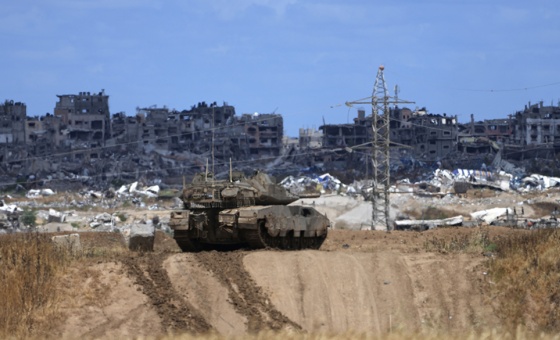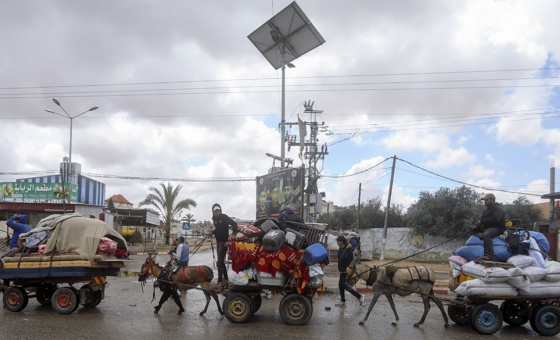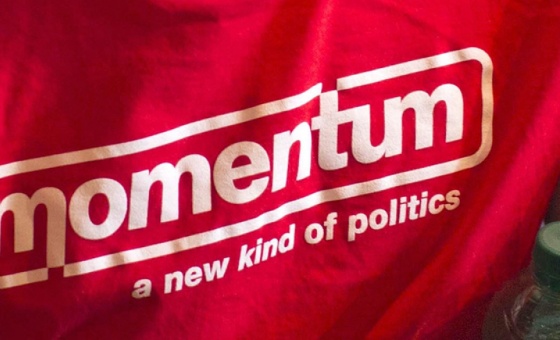This is the last article you can read this month
You can read more article this month
You can read more articles this month
Sorry your limit is up for this month
Reset on:
Please help support the Morning Star by subscribing here
The first Durham Miners’ Gala took place on August 12, 1871, in the city’s Wharton Park, attracting 5,000 miners and their families.
It was staged against a background of the growth of trade unionism across the Durham coalfield.
Two years earlier delegates from a small group of coal mines had met in Durham’s Market hotel where they established the Durham Miners’ Mutual Association.
The union grew quickly – Durham was a huge coalfield with more than 200 pits.
The growth was illustrated at the second Durham Miners’ Gala in 1872.
Between 50,000 and 70,000 miners and their families marched through Durham city to the “Big Meeting.” The venue was the racecourse at Old Elvet – the same venue used today.
The late Davey Hopper, the Durham Miners’ Association’s general secretary, writing about the origins of the Gala, said the huge march through Durham in 1872 took place “much to the discomfort of the genteel residents of Durham City.”
The growth of the union continued, and in 1876 £6,000 was spent on a purpose-built hall and offices in North Road in Durham.
The headquarters was a Gothic building with a meeting room able to hold 300 delegates.
North Road was replaced in 1915 by the current headquarters of the Durham Miners’ Association, Redhills.
Davey, who died shortly after the 2016 Gala, wrote: “If the North Road Hall was a statement that the new union had arrived, this new hall, set in its own grounds resembling a coal owner’s country estate, was an expression of permanence, power and prosperity.”
The annual Gala grew in line with the growth of the union, with more than 100,000 miners and their families marching for miles behind their union lodge banners from the pit communities scattered around Durham for the Big Meeting.
The same format is followed today – except that participants now have the luxury of coaches and buses to bring them to the event.
In recent years both the Gala and the Redhills headquarters have faced jeopardy.
In 2013 the Durham Miners’ Association (DMA) lost a crucial court case in which it sought to have osteoarthritis of the knee – known as ‘miner’s knee’ – recognised as a condition caused by working in the pit.
The court ruling was blatantly political. Solicitors representing the miners had believed the case was clear cut.
As a result of the court decision the DMA faced a bill for costs of £2m.
With no income from members – the last pit in the Durham coalfield closed in 1994 – the future of both the Gala and Redhills were in doubt.
The Gala costs tens of thousands of pounds to mount.
The DMA responded by launching the Friends of Durham Miners’ Gala. Supporters are asked to commit themselves to a regular monthly donation.
When they do so they become a “Marra” – a mate, and an especially dependable one at that.
At the same time Redhills was in need of renovation, but the union was aware that the first priority for its limited resources had to be its services to members. Despite the closure of the last pit in 1994, hundreds of ex-miners still need assistance as they develop debilitating illnesses associated with their work at the pit. The union is key to their winning compensation.
A new appeal was launched for Redhills. Supporters could donate to fund one of the 300 seats in Redhills’ magnificent Council Chamber, where delegates from each Durham pit had met since 1915. But millions more is needed to restore the building.
Redhills is known as “the Pitmen’s Parliament.”
As with the Council Chamber at Yorkshire area of the National Union of Mineworkers in Barnsley, decisions were made there which had an impact on the future of the miners and the wider working class – industrial struggles such as the 1926 General Strike, the miners’ strikes of 1972, 1974, 1984-5.
But it was also the seat of decisions which effectively introduced a welfare state decades before it became a national reality after the Labour landslide in the 1945 general election – homes for injured miners to recuperate, a network of assistance for those in need, libraries, education and more.
Today Redhills’ role has developed.
The DMA has teamed up with Unite Community union, using Redhills as base for a community centre for training in political activism, such as organising community campaigns to defend local public services, health services.
It is a venue for meetings and cultural events – music, theatre, exhibitions.
But DMA needs to raise millions of pounds to restore Redhills. It is bidding for a Heritage Lottery Grant, but will need matching funding from supporters.
The DMA’s appeals for support for both the Gala and Redhills continue today.
And of course the Gala continues, growing every year.
Today’s event is expected to attract more than 100,000 people. They will be part of a movement which preserves the culture and solidarity of the Durham coalfield.
To become a Friend of the Durham Miners’ Gala and/or a supporter of Redhills visit www.redhillsdurham.org
Alternatively ring 0191 386 8413 and ask for application forms to be sent to your home












